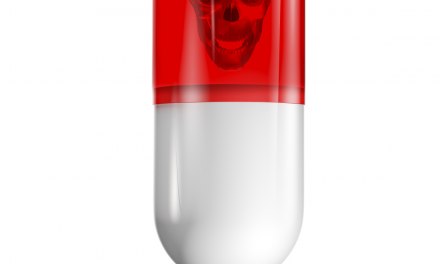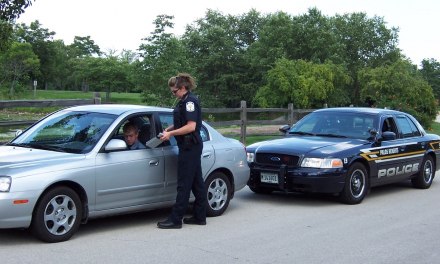In any drug epidemic (and this is not the first) we see proposals for new programs to address emerging problems and hopefully put a stop to our troubles. Epidemics do tend to end at some point, but they leave considerable destruction in their wake. In a sense our real goal is to limit the adverse impact.
One program that gets media attention is the Vancouver clinic where heroin addicts are allowed to inject heroin under the supervision of healthcare professionals. Here’s a recent story.
The target population for this program is primarily very chronic addicts. David Napio, whose story is featured in the article, has been using heroin since he was 11 years old. He’s 55 now and has spent a total of 22 years in prison. He attends the clinic three times a day to self-administer heroin in a room filled with mirrors (not sure what those are for). He’s enthused about the program, and you have to root for the guy, as at his age, there may not be many more opportunities.
One question: Why not use existing alternatives such as methadone or buprenorphine? Those are opioids that can be administered by mouth at very high dose levels. But it turns out that some addicts dislike these substitutes, and that may be why some meth programs have low retention rates. The heroin program is more popular. After all, we’re providing heroin along with a safe haven in which to inject, and plenty of support– what’s not to like?
Still, any program that involves handing out heroin to addicts is bound to push all the wrong buttons in the minds of many citizens. It’s one thing to ask the taxpayers to support a substitute like methadone or bupe. It’s quite another to convince them to pay for people to use heroin.
Perhaps more importantly, such programs may not actually have a significant impact on the opiate epidemic itself. That’s currently made up of newer users who came to heroin via prescription painkillers. They tend to be younger, less chronic, and at higher risk for overdose. That isn’t Dave.
So although this program has its attractions, particularly for cities with a large population of very chronic users, it may not contribute much to resolution of our current dilemma.
It’s easy to get issues mixed together when it would be best to keep them apart. Here’s an article on efforts to legalize marijuana in Massachusetts.
The two issues, legalizing pot and controlling the opiate epidemic, aren’t clearly related. Most pot smokers don’t use heroin, and the dramatic increase in opiate use isn’t dependent on easy access to marijuana. If we truly want to have a positive impact on opiate use, we should probably focus on limiting access to painkillers and increasing access to helpful treatment, so that it’s readily available when needed.
Addiction professionals are able to separate the two issues, but some legislators find it confusing. They persist in seeing addiction as a demon to wrestle with, rather than what the evidence would suggest: that it’s a complex disease that can take many forms and has afflicted humanity for millennia.













